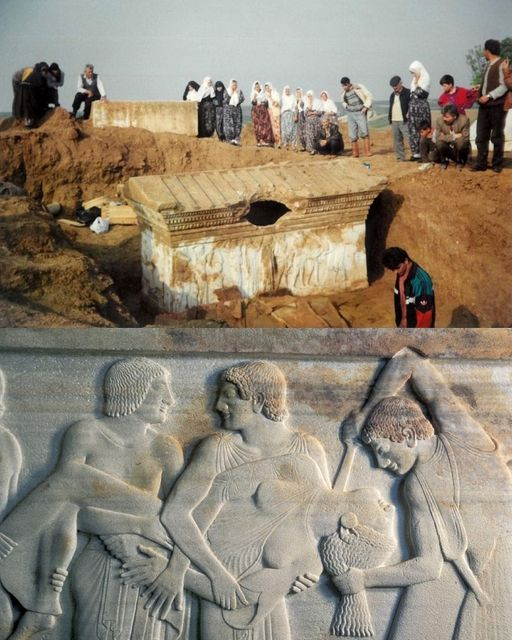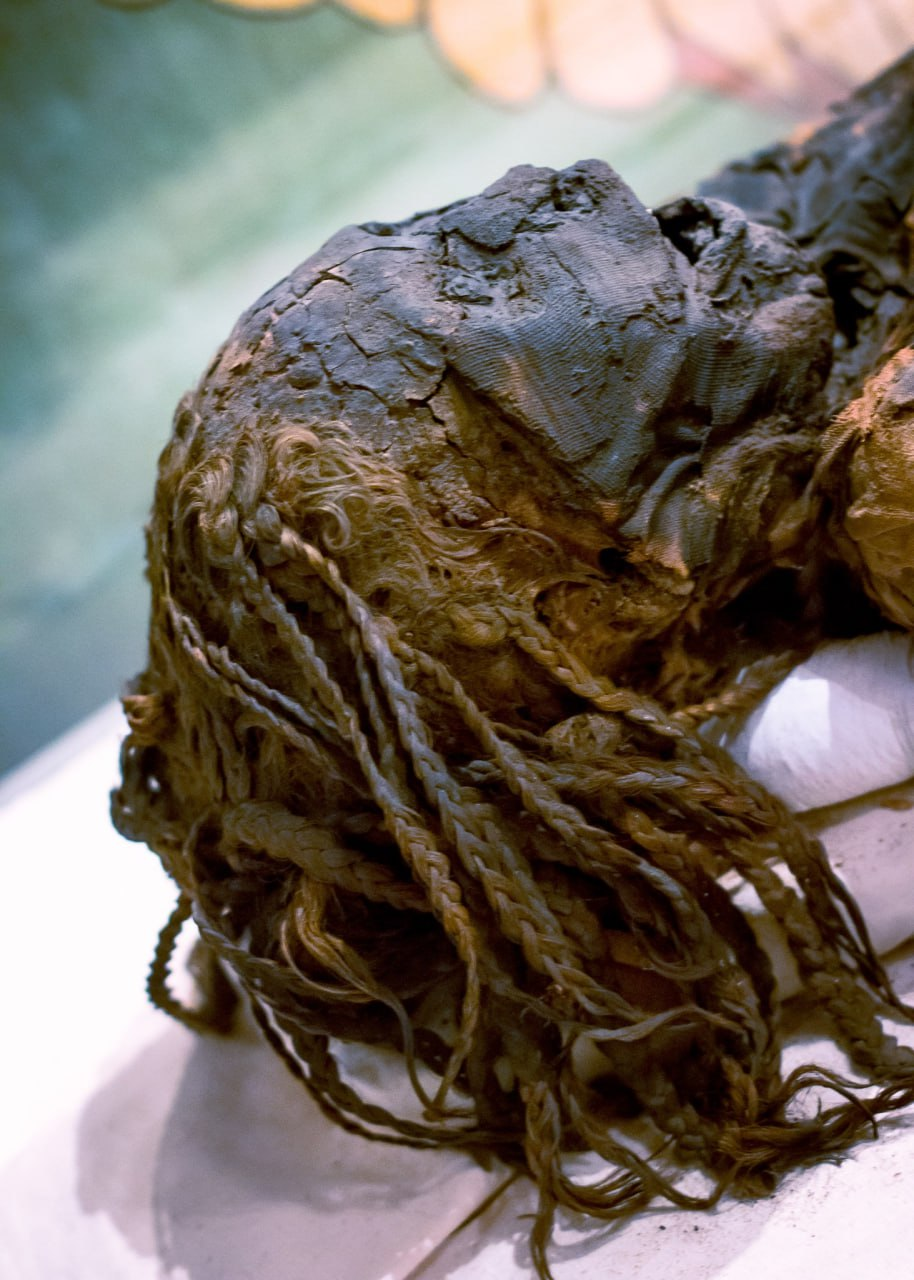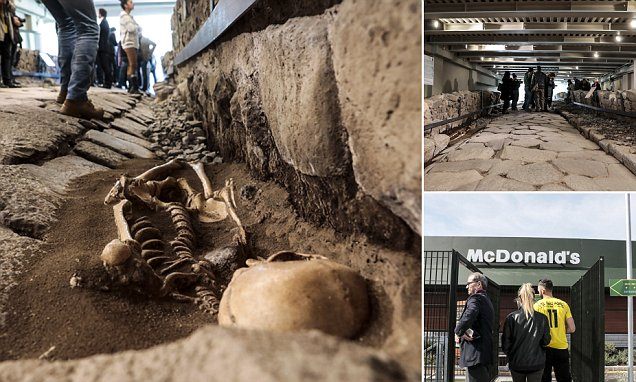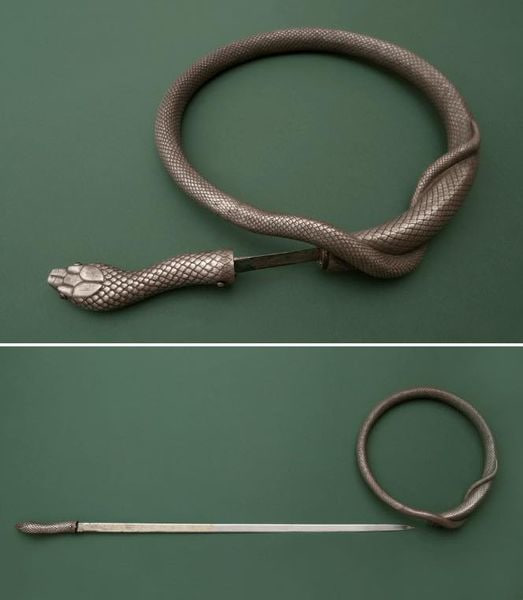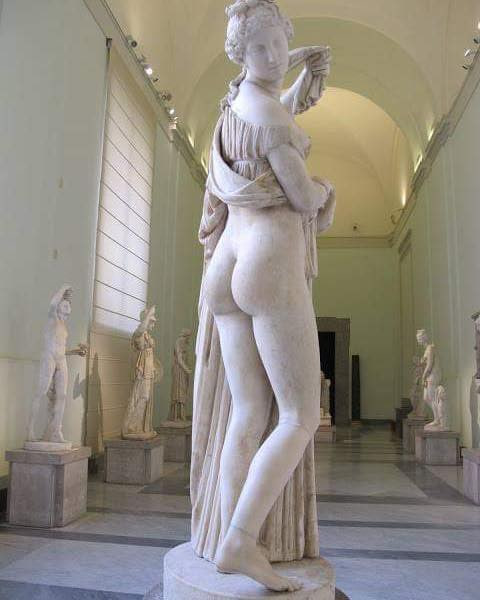Ancient Footprint of Ur, 2000 BC Mud Brick, Archaeological Discovery in Iraq
In the heart of ancient Mesopotamia, amidst the ruins of the once-great city of Ur, lies a humble yet extraordinary artifact—a footprint frozen in time, etched into a mud brick dating back over four thousand years. This remarkable discovery offers a poignant glimpse into the everyday lives of the inhabitants of Ur circa 2000 BC, immortalizing a fleeting moment when someone walked barefoot across a sun-drenched courtyard, leaving behind a tangible trace of their existence for archaeologists to uncover millennia later.

A Snapshot of Ancient Life
The ancient footprint found in Ur serves as a poignant reminder of the humanity that thrived within the walls of this ancient city. As archaeologists carefully unearthed the mud brick bearing the imprint, they were transported back in time to an era when Ur was a bustling urban center, teeming with life and activity. The simplicity of the artifact belies its significance, offering a rare glimpse into the daily routines and rituals of the people who once called Ur home.
The Process of Preservation
The preservation of the ancient footprint is nothing short of miraculous, considering the passage of millennia and the ravages of time. Mud bricks, a common building material in ancient Mesopotamia, were typically left to dry in the sun before being used in construction. In this instance, the fortuitous combination of sun-dried clay and the weight of a human foot created the perfect conditions for the imprint to be preserved for thousands of years, buried beneath layers of sediment until its rediscovery by modern archaeologists.
A Glimpse Into the Past
Each detail captured within the ancient footprint tells a story—a story of the individual who left it behind, their gait, their stride, perhaps even their age or gender. Archaeologists meticulously study the size and shape of the footprint, comparing it to other artifacts and skeletal remains found at the site in an effort to glean insights into the demographics and lifestyles of Ur's ancient inhabitants. Through this process of forensic analysis, the footprint becomes more than just a relic; it becomes a window into the past.
Connecting Across Millennia
The discovery of the ancient footprint of Ur serves as a poignant reminder of our shared humanity across the ages. Though separated by millennia, the individual who left their mark in the mud brick shares a common bond with modern-day inhabitants of the earth—a bond forged by the universal experiences of walking barefoot on sun-warmed ground, feeling the earth beneath their feet. In this sense, the ancient footprint transcends time and space, connecting us to our ancient ancestors in a profound and tangible way.
Conclusion
The ancient footprint of Ur, dating back to 2000 BC, is more than just a relic of a bygone era; it is a testament to the resilience of human life and the enduring power of archaeology to illuminate the mysteries of the past. As we marvel at the simple yet profound imprint left behind by an unknown individual thousands of years ago, we are reminded of the rich tapestry of human history and the countless stories waiting to be uncovered beneath the sands of time. In preserving and studying artifacts like the ancient footprint of Ur, we honor the legacy of those who came before us and ensure that their voices continue to resonate across the ages.






